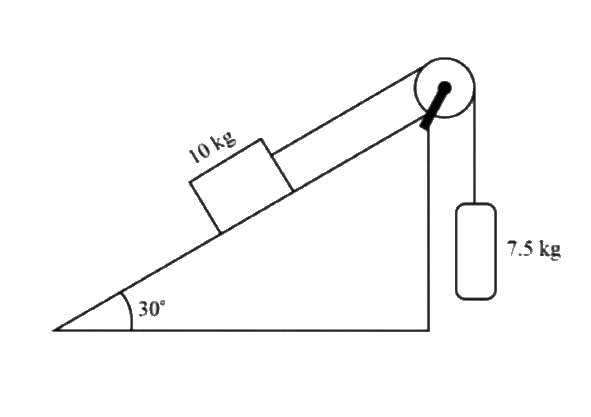A small block of mass kg is a circular are of ratius m . The block sides along the track without topping and a frictionnal force acts on it in the direction opposite in the instrmens velocity . The work done in evercoming the friction up to the point as shown is the figure below is
(Take the acceleration due to gravity

The magnitude of the normal reaction that acts on the block at the point is
11.5 N
The correct Answer is:A
…(i)
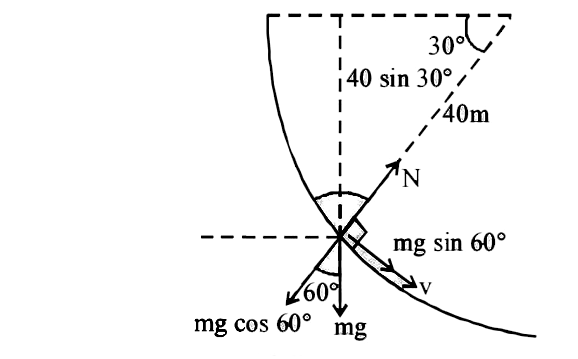
Loss in P.E
work done in over coming friction
:. K.E. posessed by the particle
...(2)
from (1) and (2) ,
(a) is the correct option
Topper's Solved these Questions
Similar Questions
Knowledge Check
A small block of mass 1 kg is a circular are of ratius 40 m . The block sides along the track without topping and a frictionnal force acts on it in the direction opposite in the instrmens velocity . The work done in evercoming the friction up to the point Q as shown is the figure below is 150J
(Take the acceleration due to gravity g=10ms−2)
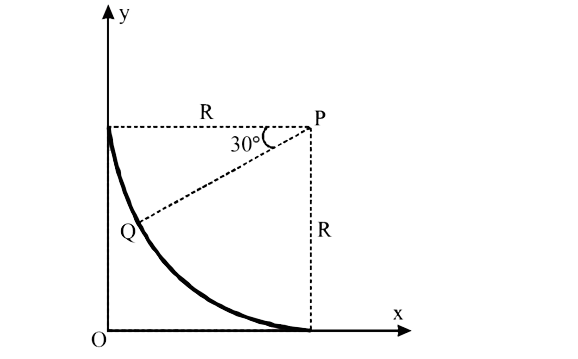
The speed of the block when it reaches the point Q isA5ms−1B10ms−1C10√3ms−1D20ms−1As shown in the figure , the friction force acting on the block is
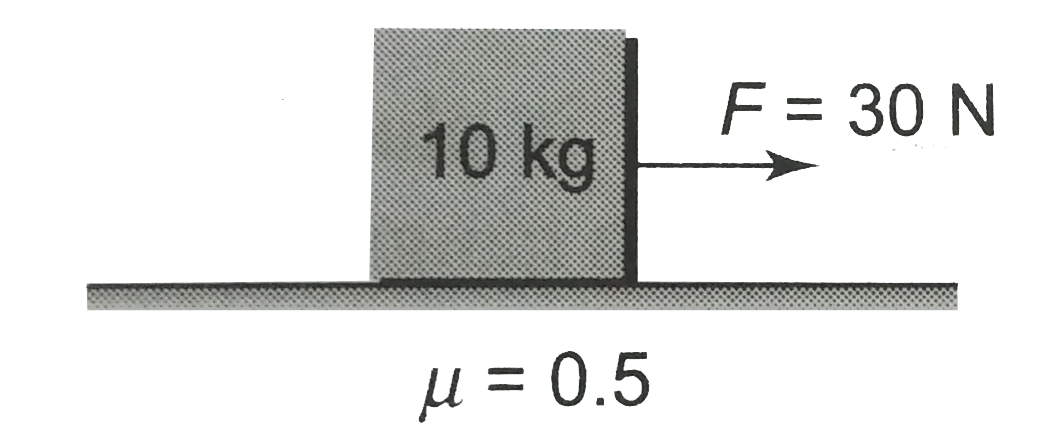 A50NB30NC20NDNone
A50NB30NC20NDNoneIf the mass of block is 1 kg and a force of 10 / √3 N is applied horizontally on the block as shown in the figure . The frictional force acting on the block is :
 AzeroB10√3NC20√3ND5 N
AzeroB10√3NC20√3ND5 N
A block of mass 6 kg is kept on rough surface as shown in figure. Find acceleration and friction force acting on the block. (Take g=10m/s2)
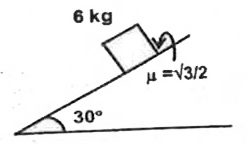
View SolutionA small block of mass 1kg is kept on a rough inclined wedge of inclination 45∘ fixed in an elevator. The elevator goes up with a uniform velocity v=2m/s and the block done not slide on the wedge. Find the work done by the of friction on the block in 1s. (g=10m/s2)
View SolutionA small cube of mass m slides down a circular path of radius R cut into a large block of mass M. M rests on a table and both blocks move without friction. The blocks initially are at rest and m starts from the top of the path. Find the velocity v of the cube as it leaves the block.
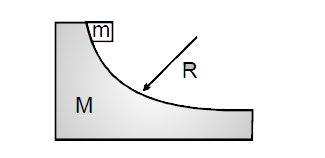
View SolutionIn the figure shown, block of mass 2 kg is very long. Force of friction on 1 kg block is
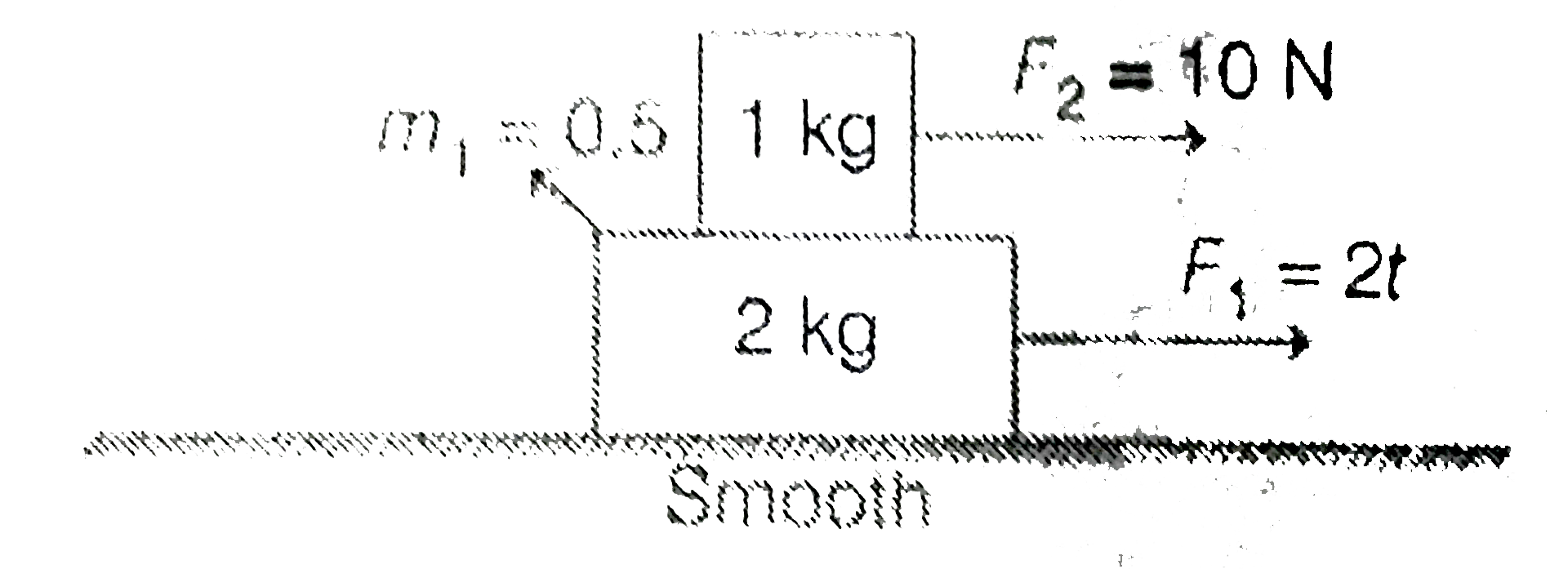
View SolutionA block of mass 2kg slipped up a slant plane requires 300J of work. If height of slant is 10m the work done against friction is :
View Solution


